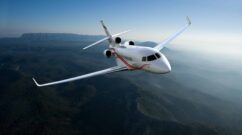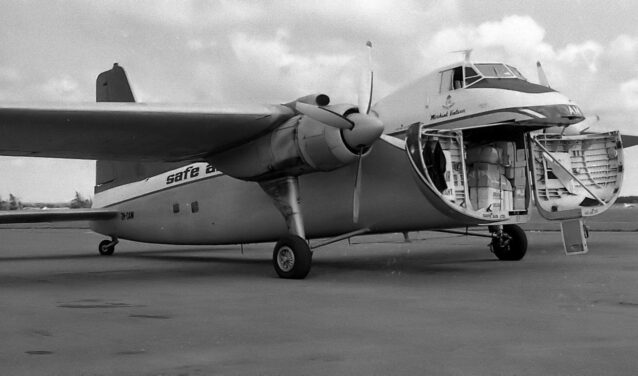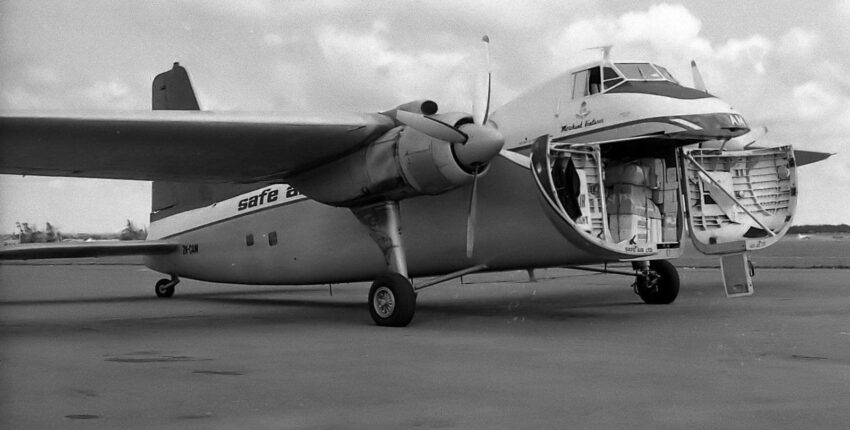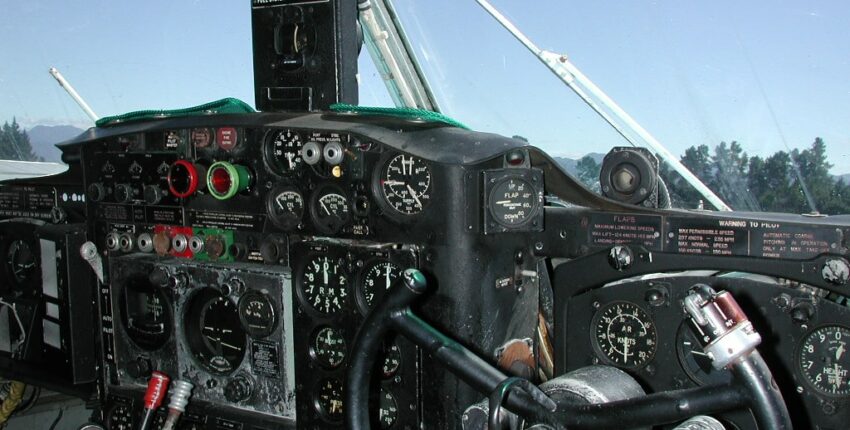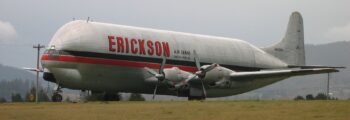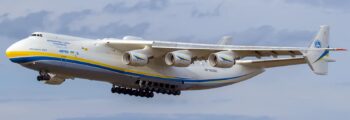Description of BRISTOL FREIGHTER
The Bristol Freighter was a British cargo aircraft capable of carrying both passengers and freight. Its payload was 18 tons.
It was built in the aftermath of the Second World War following the work of the Brabazon Committee, a think tank charged with defining the types of aircrafts that would be needed once the war was over. The latter decided to build the Avro Tudor airliner, the De Havilland monoplane and the Vickers Viscount turboprop. However, he rejected the Bristol Type 170 and it was equity capital that finally launched the project.
There were two versions: the Wayfarer version could carry about 30 passengers and the Freighter version was used for both freight and passenger flights.
214 models were produced, more than half of them for military customers such as the Royal Air Force or the Argentinean Air Force, which placed the first significant order. In addition, the Royal Canadian Air Force used them to transport material between its NATO bases in Europe. The Bristol Freighter also took part in the Berlin Airlift in 1949.
It was the businessman Sir Freddie Laker who made its name by making numerous flights to connect the two banks of the English Channel. The aircraft could accommodate two cars, loaded from the front, and passengers seated in the centre cabin. With Silver City Airways, the journey lasted half an hour.
Finally, Bristol Aeroplane built the Superfreighter in the 1950s, which took part in the Indochina War.
The Bristol 170 Freighter retired in 1999, having flown for at least twenty different countries. The Reynold Alberta Museum in Wetaskiwin currently exhibits a model of the aircraft.
Do you need a price estimate?
Request for quoteCommercial features of BRISTOL FREIGHTER
It was a metal monoplane, with high wings and a twin-engine. Its first engines were the same as those of the Bristol Beaufighter, which could be replaced in less than 90 minutes. Later, more powerful Hercules 238 engines were used.
It had a clamshell-type opening nose, a two-seater cockpit and a double front door similar to that of the Nord 2501.
It was 21 metres long, 32 metres wide and 6 metres high.
Estimate your flight online and receive your quote by email
Technical specifications of BRISTOL FREIGHTER
 Aircraft
Aircraft
- Manufacturer BRISTOL AEROPLANE COMPANY
- Model BRISTOL FREIGHTER
- Classification Cargo Aircraft
 Useful information
Useful information
- Pilots 2
- Flight crew No
- Seats 30
 Performance
Performance
- Cruising speed 270 km/h
- Range 1 000 km
Discover our online comparator
AEROAFFAIRES in figures
Renting private jets
since 1991
20 000
private jets
45 000
completed flights
120 000+
passengers
4,9/5
customer satisfaction
100%
carbon offsetting
Range of action of the BRISTOL FREIGHTER
Move the centre point on the map according to your starting position
Key Benefits of BRISTOL FREIGHTER
- This aircraft was used for short and medium-haul flights in Europe.
- Not designed for speed, it was distinguished by its great robustness as well as its ease of manufacture and use.
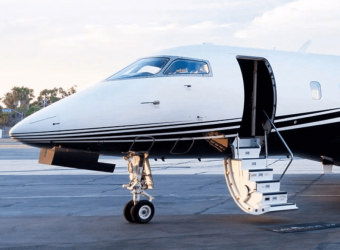
Do you need a price estimate?
Request for quoteUne question ? Contactez notre équipe

Isabelle CLERC
CEO AEROAFFAIRES

François-Xavier CLER
Founder AEROAFFAIRES
Our airline experts remain at your disposal to help you at every stage of your reservation.

